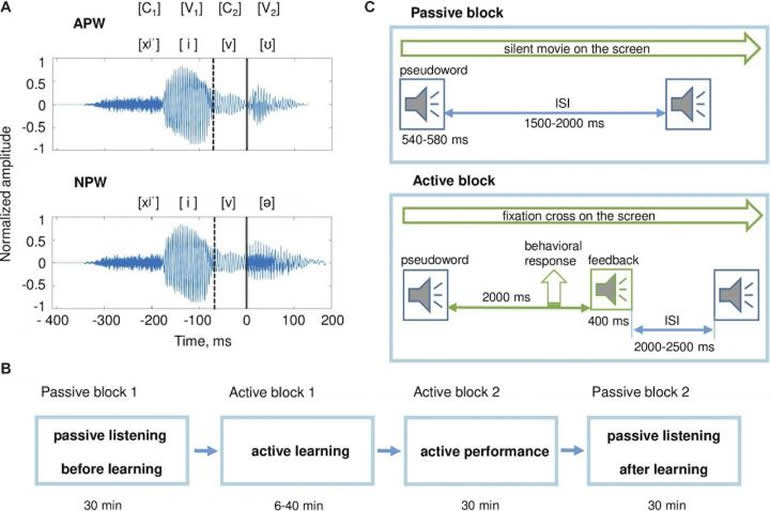Starlink Digital Illustration Created By: Erc X @ErcXspace via Twitter.
SpaceX is building its Starlink broadband internet satellite network in low Earth orbit. To date, the aerospace company has deployed 708 satellites out of the 4,409 that will initially make-up the network. Company officials state the main focus of the network will be to connect rural areas on Earth to the internet, areas where internet access is unreliable and inaccessible. Starlink customers will receive service from space via user terminals that look like a ‘UFO on a stick’. The wireless service will be easy to install at home, just ‘plug-in and point at sky.’
The company has not made public how much the internet service will cost per month. Regarding the pricing, SpaceX President Gwynne Shotwell told reporters last year – “All I know is you will be far happier with the value of the Starlink service than you are with your current service. You will, for sure, get way more bandwidth for the same price, or way more bandwidth for less…You’ll be far happier with this. The value will be far greater.” Starlink customers would be supporting missions to Mars; the revenue will provide additional funding towards the development of a Starship fleet that would enable humans to live on the Red Planet.








